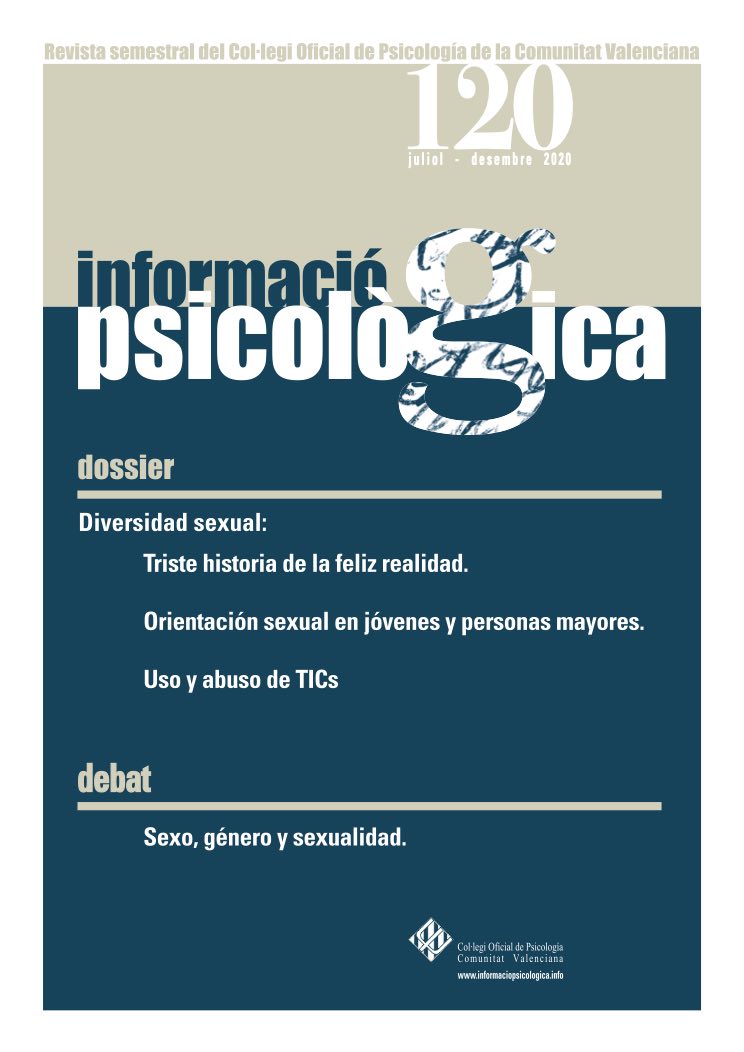Sexual Orientation in older people: Categories, desires and realities.
DOI:
https://doi.org/10.14635/IPSIC.2020.2Keywords:
sexual orientation, older people, gender, sexual attraction, sexual intercourse.Abstract
Sexual diversity tends to be considered as an issue that mainly affects young people, so studies focusing on the experience of a minority sexual orientation in older people are very scarce. The aim of this study was to analyse the degree of coincidence between the self-defined sexual orientation, the object of desire and the people with whom one has had sexual relations. A total of 244 people (47.5% men and 52.5% women) between the ages of 55 and 80 participated in this study, belonging to different groups of socioeconomic level, academic degree and employment situation. All of them completed a questionnaire on sexual orientation and aspects such as religion or sexual activity. The results show that 13 per cent of older people (8.6 per cent men, 16.4 per cent women) are not attracted exclusively to the opposite sex, and 6 per cent acknowledge having maintained homoerotic practices (3.5 per cent men, 7.9 per cent women). In men the coincidence between self-definition and object of desire is greater than in women. It discusses the need for future qualitative studies that make it possible to know which variables, related to the sexual history and life trajectory of individuals, influence the exploration and/or acceptance of non-majority sexual options.Downloads
Downloads
Published
How to Cite
Issue
Section
License
Nota de Copyright-Los autores que publican en esta revista están de acuerdo con los siguientes términos:
Los autores conservan los derechos de autor y garantizan a la revista el derecho de ser la primera publicación del trabajo al igual que licenciado bajo una Creative Commons Attribution License que permite a otros compartir el trabajo con un reconocimiento de la autoría del trabajo y la publicación inicial en esta revista.
Los autores pueden establecer por separado acuerdos adicionales para la distribución no exclusiva de la versión de la obra publicada en la revista (por ejemplo, situarlo en un repositorio institucional o publicarlo en un libro), con un reconocimiento de su publicación inicial en esta revista.
Se permite y se anima a los autores a difundir sus trabajos electrónicamente (por ejemplo, en repositorios institucionales o en su propio sitio web) antes y durante el proceso de envío, ya que puede dar lugar a intercambios productivos, así como a una citación más temprana y mayor de los trabajos publicados







